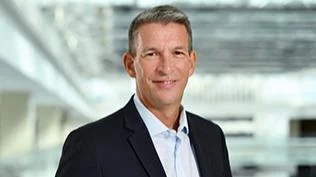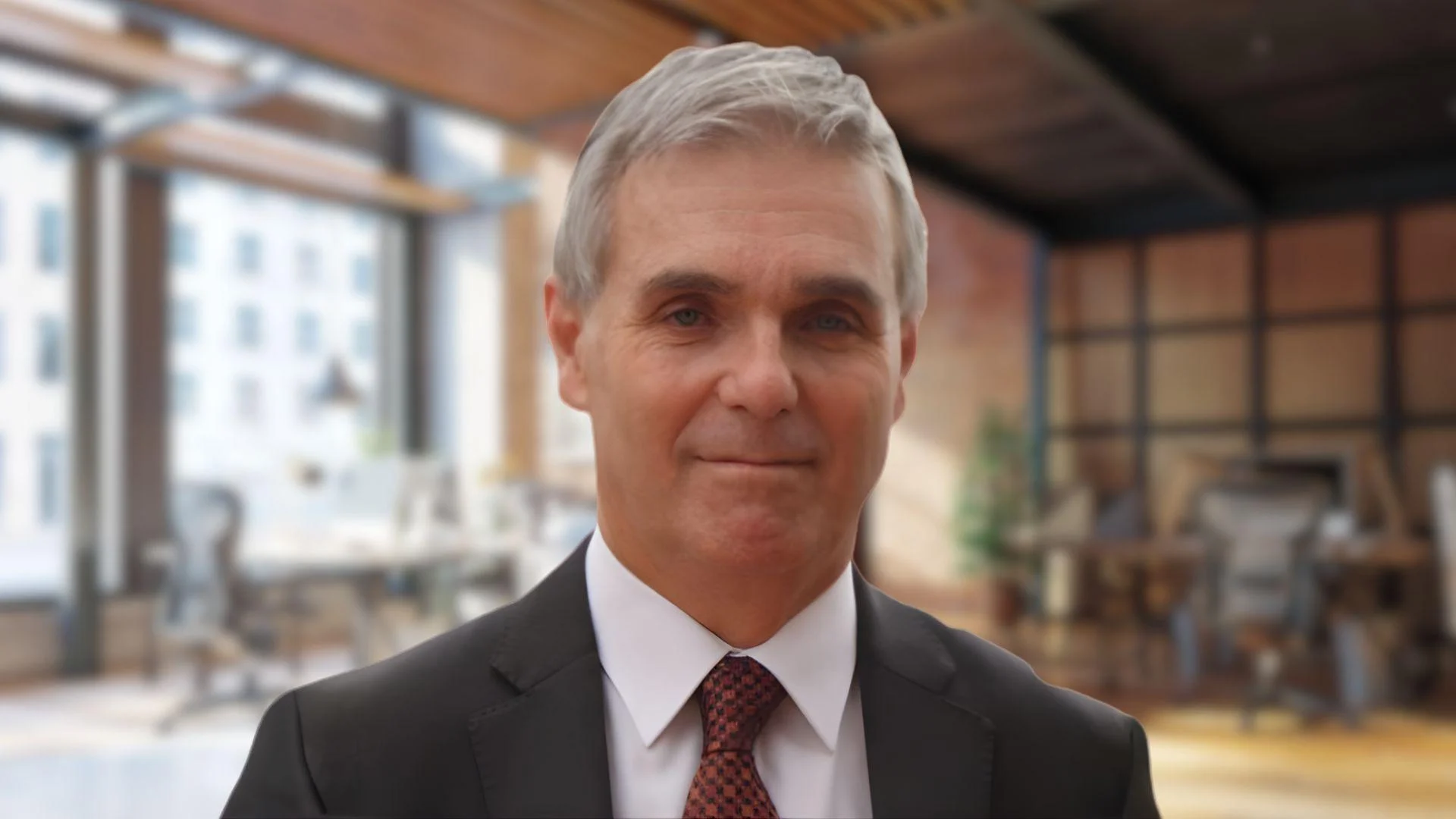The European Union Aviation Safety Agency’s report on 2023 aviation safety lists ground collisions as the fourth most common type of accident and serious incident in Europe from 2019-2023.
First Communication
Communication between an aircraft and Aviator usually begins upon arrival. The pilot at this point has completed an after-landing checklist and would have followed instructions from air traffic control to arrive at the gate. When the aircraft has come to a stop and engine shutdown has occurred, the pilots will disengage a flashing red beacon light, allowing the ground crew to begin work.
The ground crew will first place chocks at the wheels of the aircraft to ensure it is safe from movement. Ground crew can use hand signals, often bringing their fists together above their head, to communicate chocks are in place.
Ground crew will connect an interphone system via a headset to the aircraft to welcome the pilots to the airport and ensure that the ground power supply is connected, which allows them to continue their work on the aircraft. At this stage of arrival, communication becomes similar to taking orders at a busy restaurant. The crew will ask for individual aircraft needs then organize ground service equipment as needed.
Communication at the Gate
While parked at the gate and hooked up to the interphone system, communication becomes slightly more interpersonal as each aircrew has its own communication style adopted before arriving at the airport.
“Every part of communication between us and pilots does not just follow a precise predetermined word order,” Stribe said. “Quite naturally, it may be that cockpit chooses to communicate via local language.”
During time on the ground, Aviator crew members work on many tasks to ready the aircraft for flight while standing by for any communication. Communication will begin at pilot's discretion and could range from casual conversation about sports events like World Cup matches or discussions about enhancing pilot situational awareness related to airport specifics.
Communication at Departure
When prepared for flight departure, Aviator personnel follow predetermined dialogs according to regulations using headsets and hand signals. Unlike other communications, during departure processes initiated by ground crews:
“We inform cockpit that departure check has been completed; pushback tractor connected; ready for departure,” Stribe said.
Marshallers watch for things pilots can't see from flight deck raising immediate attention if conflicts detected.
Pilot activates beacon light before moving engines started making areas outside unsafe for personnel.
Upon completing pushback procedure:
Ground crews disconnect safety pin nose landing gear enabling free movement.
“We always end communication disconnecting headset moving away directly displaying disconnected safety pin giving ‘thumbs up’,” Stribe said.“Wait until answered signifying taxi-out takeoff concluding our work/communication."
###
 Alerts Sign-up
Alerts Sign-up



































